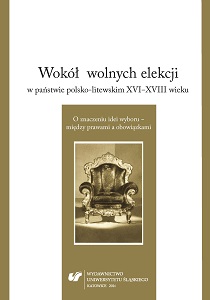

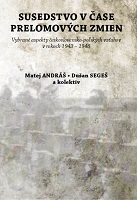
Keywords: Czechoslovakia; Poland; international relations; WWII; postwar; name index;
More...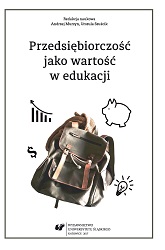
Keywords: Austrian school of economics; subjectivism; praxeology; entrepreneurship
In the article I outline the genesis of the Austrian school of economic and present views of its outstanding proponents. I discuss the notions of marginal utility and the subjectivity which are present in the theory of Carl Menger as well as foundations of praxeology developed by Ludwig von Mises and theory of entrepreneurship by Israel Kirzner.
More...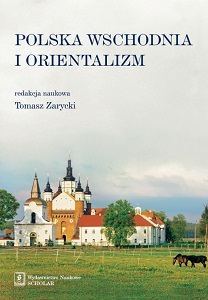
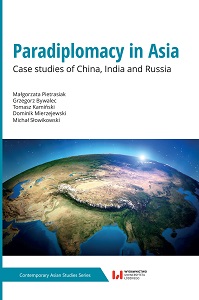
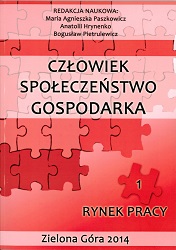
Keywords: people with disabilities; educational and vocational mobility
The article contains examples of contemporary Polish studies upon educational and vocational mobility of people suffering from various categories of disability. These were often inter-disciplinary studies; their results made it possible to identify the objectivised social and economic situation of the abovementioned social group. In consequence, they allowed to formulate appropriate recommendations and to specify their various, future, potential applications. The authors presented three selected studies concerning various social and economic spaces – local, regional and trans-regional. The characteristics of particular studies include setting forth the purpose of the study, methodology of studies, and their formal and substantive scope, as well as the presentation of the studies’ outcomes within these areas of educational and vocational mobility which are the focus of our interest.
More...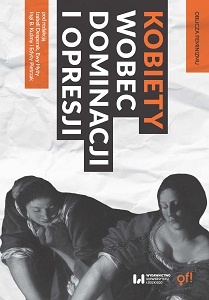
Keywords: British feminist drama; British feminist theatre; radical feminism; Sarah Daniels; Caryl Churchill
From the very beginning the English second wave feminist theatre strongly emphasized the need to manifest the scale of oppression women were subject to in a patriarchal society. In a group of texts and theatre performances ‒ especially those influenced by the idea of radical feminism ‒ there was a vast array of issues which included phenomena such as: physical violence, sexual harassment, rape, prostitution, pornography, mental oppression or enforced heterosexuality. The point of reference for many literary and stage works was an assumption that the household space became an area of specific “colonizing” of women on many levels. Creations of some theatrical groups showed a picture of everyday life limited to the constantly repeated home rituals; other groups created a vision of the hell of domestic existence marked by physical and psychological violence. In the artistic expression the extreme form of alienation was fetishisation of women – sexual objectification. The characters from texts and theatre performances fight this form of oppression, starting from the territory of domestic and family life, from the area of marital life, and in marriage ‒ from the bed. The issues such as birth control, abortion and contraception also become important for them. Rape is often a model form of violence against women in the creations of British feminist theatre. Dramatic texts (for example written by Sarah Daniels) correspond with the works by radical feminist writers who perceive male sexual violence as spiritus movens of male history, and they regard pornography as the most visible manifestation of male domination. The radical stance of playwrights and actresses is expressed in criticizing a very wide range of practices: from telling misogynist jokes to shooting and distributing pornographic films from a group of the so-called snuff movies. It is worth noting that for English fringe theatre women’s specific experiences, including actresses’ personal experience, soon began to be a significant inspiration. However, the problem-orientated performances of the feminist groups of the British second wave avoided shallow agitation and featured the ideological content expressed in a variety of interesting theatrical means.
More...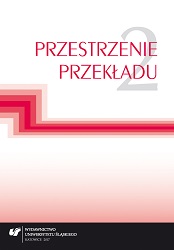
The article analyzes stadial forms of crime as well as the forms of perpetration in Polish and Russian penal law, taking into consideration both terminological and translational problems, that translators of Polish texts often meet with. Moreover, coherence of penal bills has been examined and discussed, that helped to chose appropriate equivalents. The article also puts attention to concepts and terms repeatedly misinterpreted, therefore incorrectly translated into Russian.
More...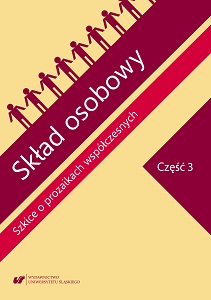
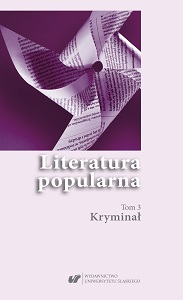
Keywords: Zbigniew Białas; crime fiction; detective and historical fiction; Sosnowiec
The article deals with the book series written by Zbigniew Białas referred to as “Sosnowiec chronicles”, which were announced in the years 2011–2015. The writer employed some elements belonging to the convention of the urban vintage crime fiction, especially in the first and second parts of the trilogy. The author of the article reflects on the usefulness of the solutions employed by the writer, inquiring what he has achieved with them, how he has modelled the plot, and what prompted him to choose the formula of the historical detective novel as a matrix. These considerations are embedded in a broader genological context. Also, the author discusses the career of a sub‑genre of contemporary crime fiction initiated by Marek Krajewski’s first novel and its transformations, as well as critical literary reactions to this sub‑genre. The author pays special attention to the links between the urban vintage crime fiction and the so‑called literature of little homelands, a trend that dominated the Polish literature of the 1990s. He asks about the possibility of literary „splendouring” of urban space, demonstrating various solutions in this matter. At the same time, he reflects on socio‑literary transformations, pointing out that the authors of vintage crime novels – with few exceptions – have enjoyed only local fame, and their works seem to have been a response to local needs, often associated with the promotion of particular cities. Then he presents the image of the city (Sosnowiec) which emerges from Białas’s trilogy, focusing on the differences in the approach to spatial issues that are observed in the three subsequent volumes. At the end of the article, the author wonders about the perspectives of the story about Sosnowiec.
More...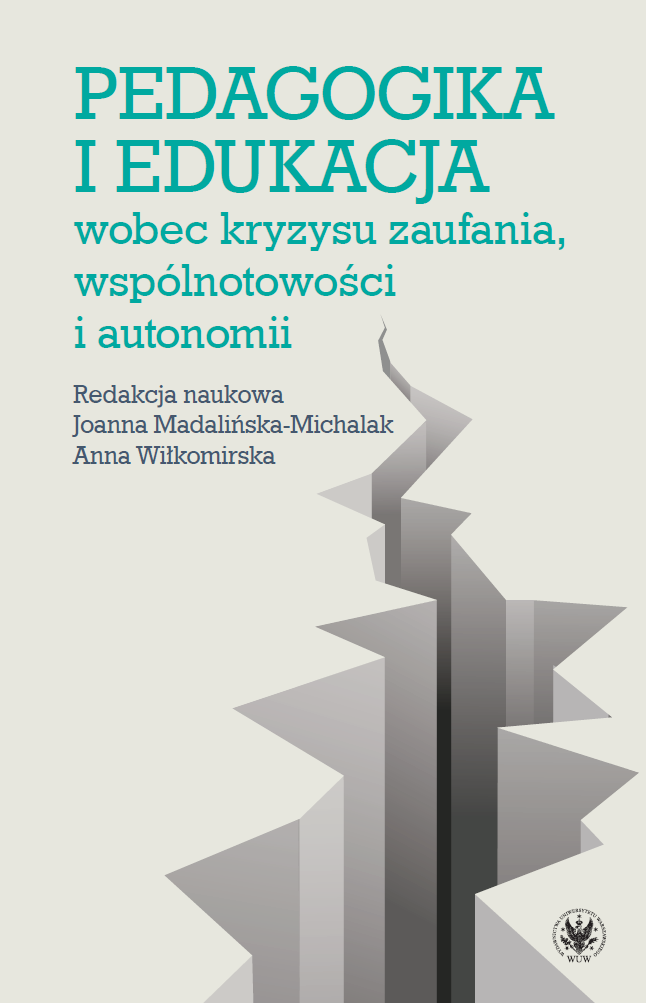
Keywords: methodological emergence; scientific legitimization; action reseach; arts-based research; autoethnography
The main goal of the paper is the explanation and empowerment of understanding methodology as an emergent, dynamic field of scientific knowledge about current research methods applied, constructed and re-constructed, following global socio-cultural changes. The author emphasises dialectic relations between normativity and descriptivity in methodological research, using the figure of scientific legitimization and proposing its three types: “finish”, “ascend” and “departure”. Various arguments are presented on the basis of nature, history and current practice of three research traditions: action research, arts-based research, and autoethnography.
More...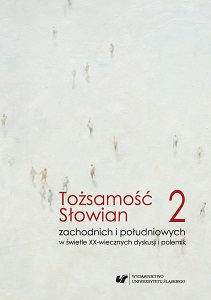
Keywords: “image of the neighbour”; Polish-Czech and Czech-Polish historical; cultural and linguistic stereotypes; false;
Stereotypes, including national ones, have been thoroughly researched in terms of psychology, sociology, history and politics, and also go in-depth through culture with its ethnography, literature and language. The beginning of studies into stereotypes dates back to the 1920s.The following study presents Polish-Czech and Czech-Polish stereotypes as historical, cultural and linguistic phenomena, and it also characterises understanding of one another’s language amongst Slavs? Then a theoretical matter is considered, that of false lexical items, to finally arrive at the appearance of hetero-stereotypes. The “false mirror” of language is universal: for the average Pole the language of the “brothers” from the south has made the Poles laugh in the past and it still does. It is of interest that, for the Czechs the Polish language is a source of amusement as well. There is a belief that the Czech language sounds like old Polish, and a more widespread view that Czech is a language of children, for the Czechs speak using diminutives. Poles on the other hand are said to speak through their noses, or to speak like geese as a result of the Polish vocalic system.
More...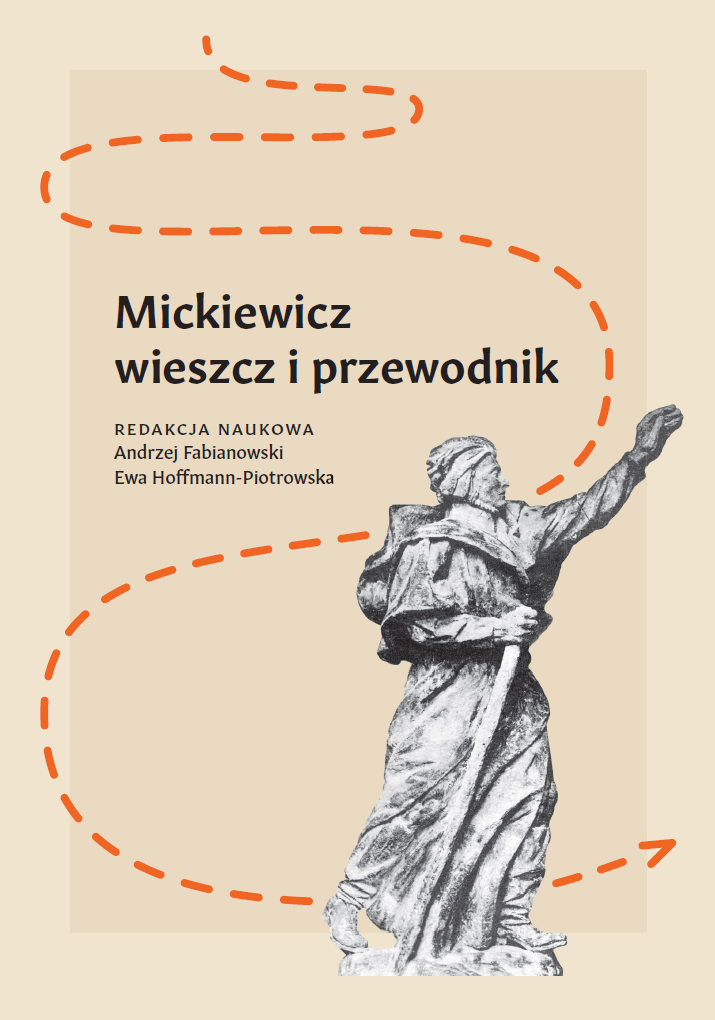
Keywords: Literatura słowiańska; Pierwsze wieki historii polskiej; literature towards historiography; symbolism; mythical Roman history
The dissertation, which constitutes a fragment of a broader study in preparation, reverses the traditional perspective applied in research on Mickiewicz’s Paris lectures by means of analysing the influence of Mickiewicz’s Slavocentrism on certain aspects of the picture of the pre-Christian barbaricum, which he formulated in Course I of Literatura słowiańska [Slavonic Literature] and in Pierwsze wieki historii polskiej [First Centuries of Polish History]. One of the premises of the assumed approach is to challenge the precipitant idea to equate historiography with literature on the basis of their shared constituent part that is literariness. In fact, research on historiography is based on different methodological foundations and provides different cognitive benefits, for instance, traditionally present in historiography loci communes distort the image of communities that functioned outside the Latin circle, and subsequently outside the Latin-Christian ecumene, yet they do not entirely invalidate the value of the source of information. The dissertation brings forth the fundamental inconsistencies of Mickiewicz’s lecture on nomadic peoples, the Mongols in particular, who are taken advantage of by Mickiewicz to sort out the debate on the heritage of the Enlightenment. On the other hand, the dissertation points at Mickiewicz’s potential, yet underestimated, comparative predispositions, which he exposed in a reference to the role of Numa, the successor of Romulus, in the history of Rome.
More...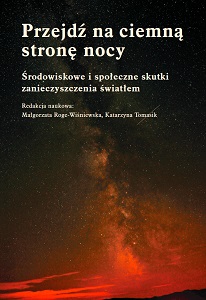
Keywords: light pollution; light; darkness; park of the dark sky
The book is the result of the 1st National Conference on light pollution in an interdisciplinary approach (astronomical, ecological, educational and infrastructural). The authors explain the meaning of light, define the phenomenon of light pollution and describe the methods of its measurement, as well as show the impact of light pollution on living organisms and the benefits of setting up the so-called parks of the dark (starry) sky.
More...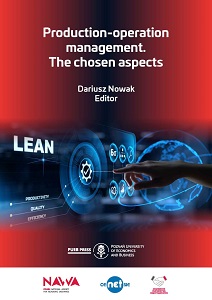
Keywords: division of enterprises;enterprises;industrial enterprises;features and functions of the enterprises;industrial market;consumer market;industry;
This chapter presents basic information about the nature and essence of the enterprise. The first subchapter shows both the well-known and less popular definitions of an enterprise and an industrial enterprise. They have been shown through the prism of various approaches, including definitions from various countries. The second part discusses the features of an industrial enterprise,with particular emphasis on: organizational separateness, economic separateness, legal separateness (legal personality), territorial separateness and technical and production separateness. The next part focuses on the goals and tasks of an industrial enterprise, with particular emphasis on the way they are formulated. Both strategic, tactical and operational goals were discussed. The subject of the considerations in the fourth part were the functions of an industrial enterprise, including a detailed description of the production, technical, organizational and personnel functions. The division of enterprises according to various criteria is presented in the next section. It focuses on such criteria as business profile, the size of the enterprise, form of ownership, production type, type of production process and market legal form. The last part discusses the market on which an industrial enterprise operates. Its features were presented, as well as the type of industrial products, types of customers and differences between industrial and consumer marketing. Particular attention was also paid to OEM (Original Equipment Manufacturer) and MRO (Maintenance Repair and Overhaul).
More...![Symmetry and entropy. An outline on anthropology of "Sonety krymskie" [Crimean sonnets]](/api/image/getbookcoverimage?id=document_cover-page-image_985050.jpg)
Keywords: literary literacy of the first half of the 19th century; Sonety Krymskie; cultural anthropology; sociology of knowledge; Ałuszta w dzień; historical-literary conventions; semiotic perspective
The theoretical basis of the dissertation is formed by the thesis that the opposition between the systems of conceptual representation proper to the artistic high culture and the representations from the domain of the so-called traditional cultures does not have a structural character – therefore, the conceptual apparatus developed by contemporary social sciences finds adequate and direct application in the study of literary literacy of the first half of the 19th century. "Sonety Krymskie" [Crimean Sonnets] is one of such very works in which an important set of notions, activated from below the level of conscious stylization, turns out to be fully coherent with conceptualizations developed much later by sociology and cultural anthropology. In particular, an initiatory aspect of the Crimean cycle can be precisely described in the technical terms of anthropology and sociology of knowledge. The central position of "Ałuszta w dzień" [Alushta by Day] in this study corresponds to the key role of this sonnet in relation to the entire cycle. Although the method adopted does not question the historical-literary conventions of research discourse, it offers an extension of the semiotic perspective. Among the effective, however side-effect, results of this approach lies the reformulation of the problem of the relationship between the writing practice of romanticism and folklore.
More...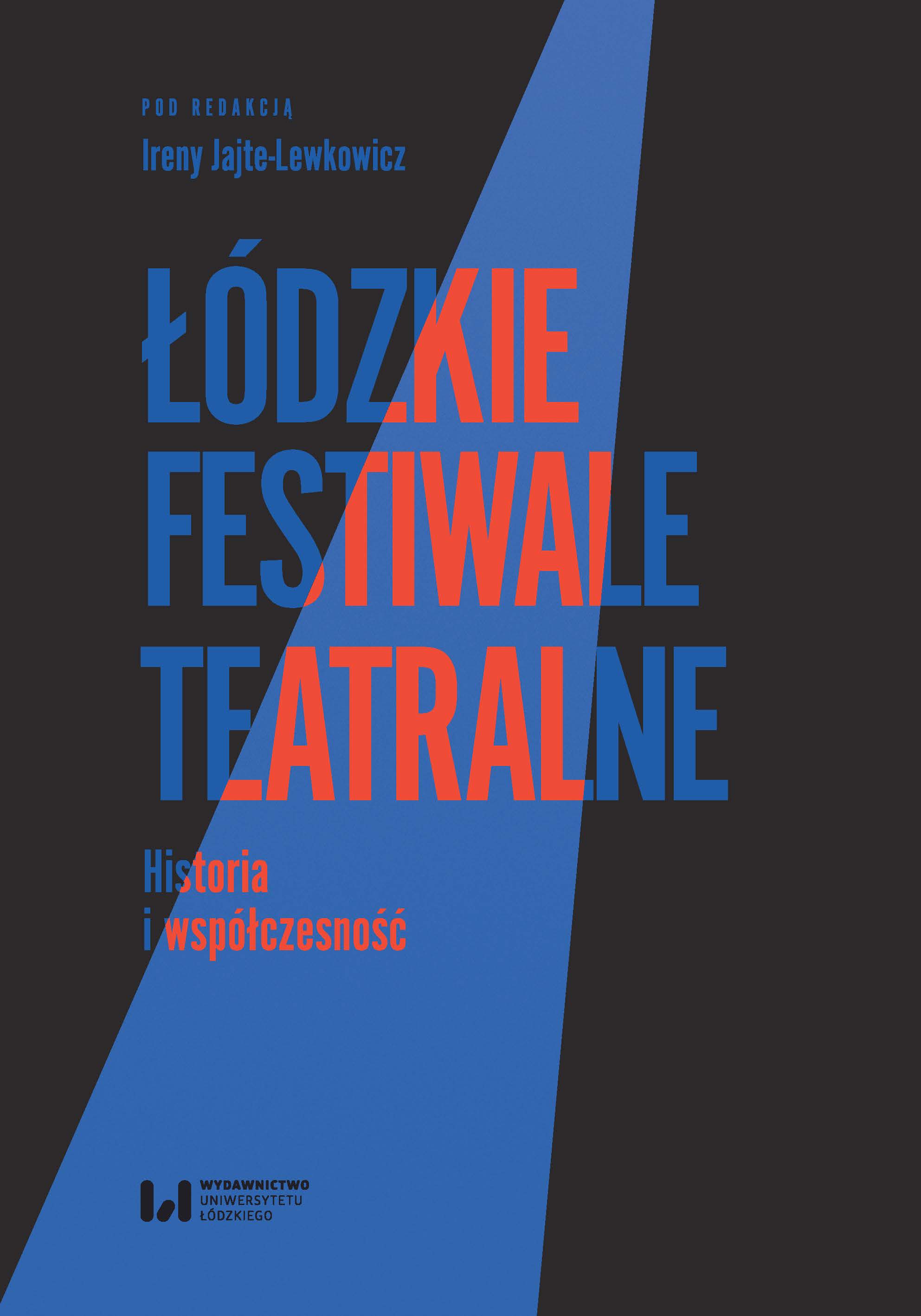
Keywords: New Classic of Europe; theatre festival; Stefan Jaracz Theatre in Lodz; classical literature; promotion
The New Classics of Europe Festival has been organised since 2010 at the Stefan Jaracz Theatre in Lodz. The author presents history of the event from its inception through four subsequent editions. Some of the considerations are devoted to the idea and assumptions of the festival, as indicated by the program texts of its curator, Roman Pawłowski. The biennial event presents performances based on classical works, both ancient and new to the classical canon, representing various literary forms and genres. The curator is responsible for the selection of performances, inviting well-known theatre companies from all over Europe and profiling subsequent editions. The second part of the article is devoted to organisational problems related to the festival. Despite the attractive repertoire and the presence of outstanding theatrical artists, difficulties in attracting viewers are visible. The author looks for the causes of these problems, pointing to, inter alia, to ineffective promotion of the event and randomness of marketing activities. This affects not only the attendance, but also lowers the rank and range of the festival. The advantages of the event, related to the ambitious repertoire, the presence of respected artists and the high artistic level, show the huge, though unused, potential of the event. The analysis of organisational irregularities makes it possible to formulate postulates regarding the need to refine the festival’s formula, plan coherent promotional activities and further efforts to attract a permanent audience.
More...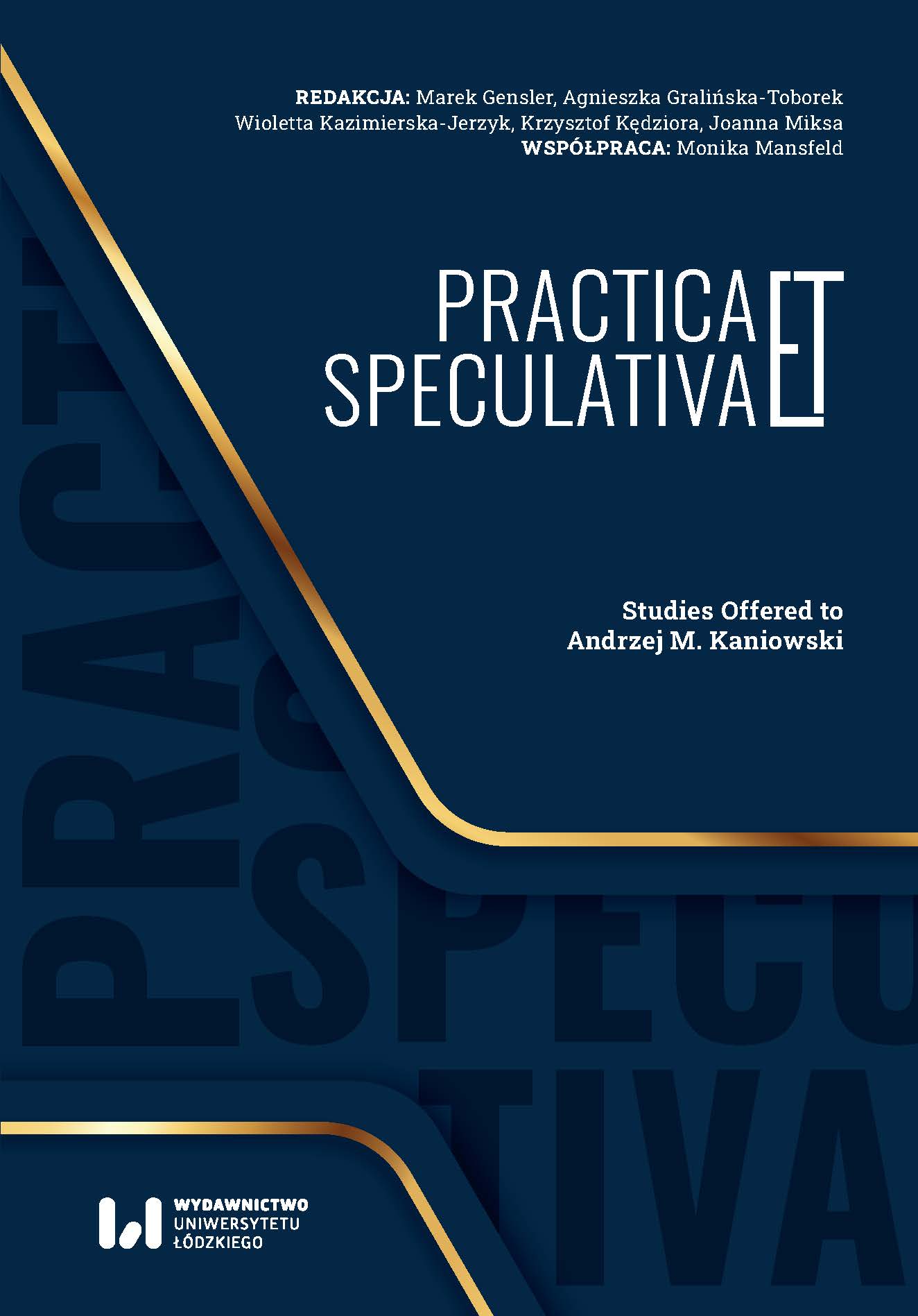
Keywords: Thomas theorem;situation;environment;behavior;interactions
Despite of its wide recognition in the social sciences, the Thomas theorem lacks clarity and finds its expression in diverging statements. A sound core of the theorem is blurred by notions these statements consist of. They include untenable ontology and episte¬mology along with a flawed claim concerning the peculiarity of the human world.
More...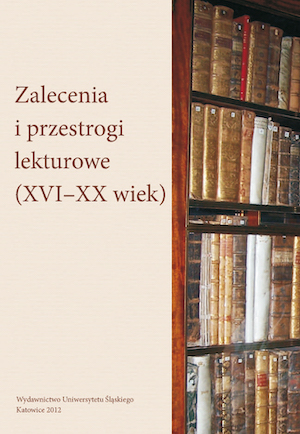
The German minority in Poland in the Second Republic of Poland constituted about 740 thousandpeople, which gave it the fifth place after the Ukrainians, Jews, Russians and Belarusians. Real power androle of Germans in Poland were far beyond a demographic factor. Germans inhabited mainly westernand northern voivodeships in Poland, and had a pretty big economic potential at their disposal. Theywere also a political power in their attempts to a parliament and local self‑governments. German minor‑ity was well‑organised, acted in numerous associations and societies of professional and cultural profiles.Except for Germans living in eastern voivodeships of the Second Republic of Poland, Germans, literatein majority, were active participants in a cultural life. Four factors played an indirect role in maintainingand reinforcing national identity, namely family, school, church and media.The aim of the text is to present the role of book in the very process. Deliberations will cover theseGerman books which from the point of view of Polish authorities spread revisionist and Pole‑destructiveopinions among Germans and were eliminated by them.The subject of analysis constitutes the literaturegathered in German school and public libraries, educational and academic ones. A special emphasis wasput on spreading books propagating the Nazist ideology in German libraries.
More...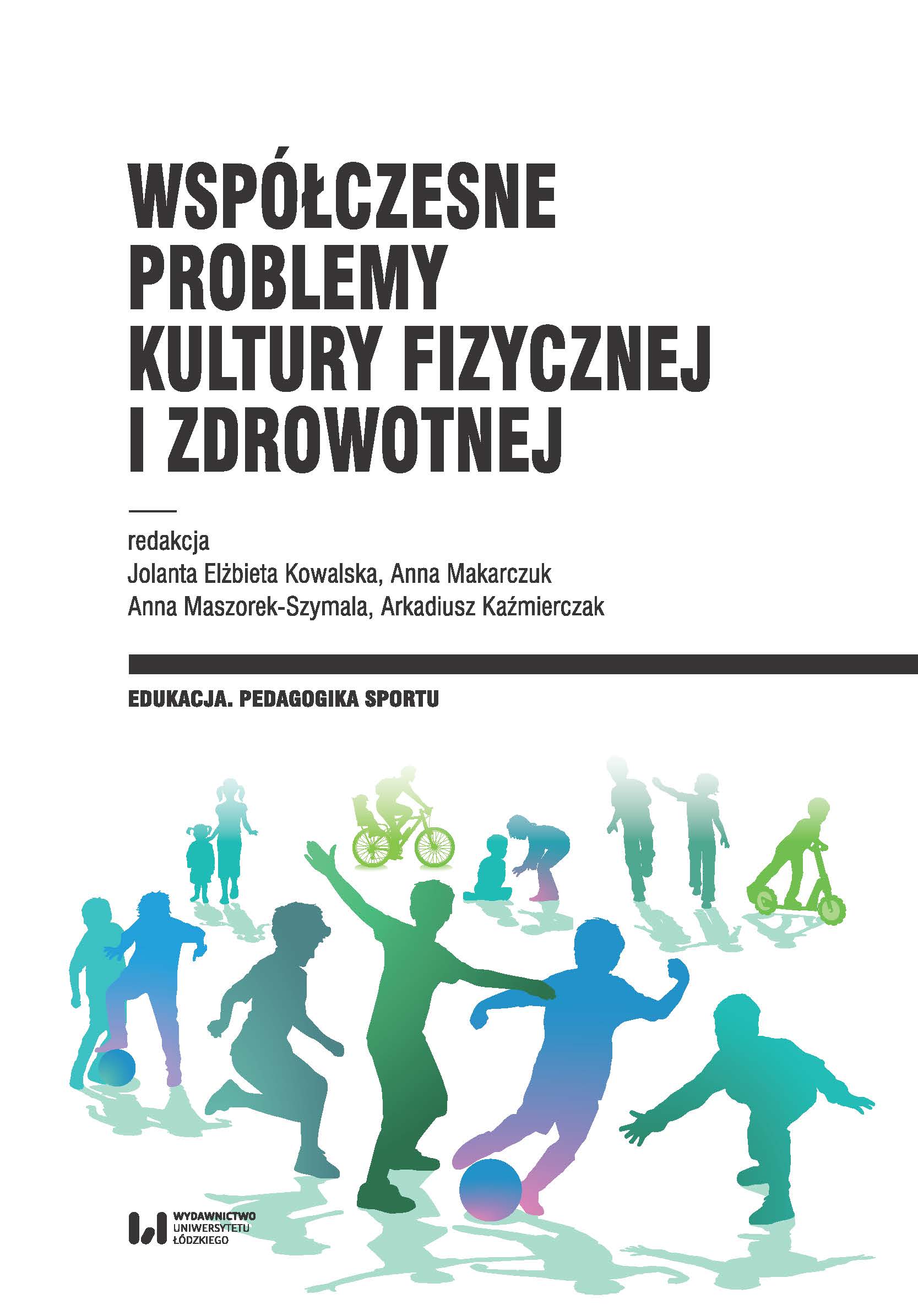
Keywords: track and field; non-professional sport; COVID-19 pandemic
Wings for Life World Run is a charity run on a global scale. The aim of the project is to collect funds that are allocated to research related to the invention of effective methods of treating a broken spinal cord in people who have suffered accidents. The event has been organized cyclically for eight years. It is attended by amateur athletes from many countries around the world, starting the race on the same day at the designated time (UTC). The article presents the sports results obtained by participants of the race in various age categories, which in the years 2020‒2021 adopted a new formula due to the limitations related to the COVID-19 pandemic. The changes introduced by the organizers of the Wings for Life World Run also contributed to the increase in the number of participants from 35,397 people in 2014 to 184,236 people in 2021.
More...